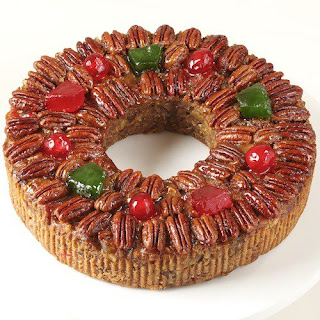Becker, Minn: Strawberry Capital

Becker, Minnesota once claimed the title of “Strawberry Capital” of the Midwest. All thanks to the work of Becker farmer Carroll “Strawberry” Johnson. Born in December 1918, Carroll Johnson’s work in agriculture led to significant developments in farming, particularly for strawberry farms. His work in marketing and promotion helped make Becker famous for its strawberries. Starting in 1936, the summer after his High School graduation Carroll Johnson planted a few strawberry plants and sold the produce door-to-door. In the fall he attended the University of Minnesota, majoring in horticulture. Each summer he would return to his family farm and increase acreage devoted to strawberry plants. Overtime, Johnson continued selling to the local markets, eventually expanding as far as Fargo, North Dakota. He also increased the size of his farm. At its peak in the 1970s, the Johnson Berry Farm extended to over 150 acres. Agr...


